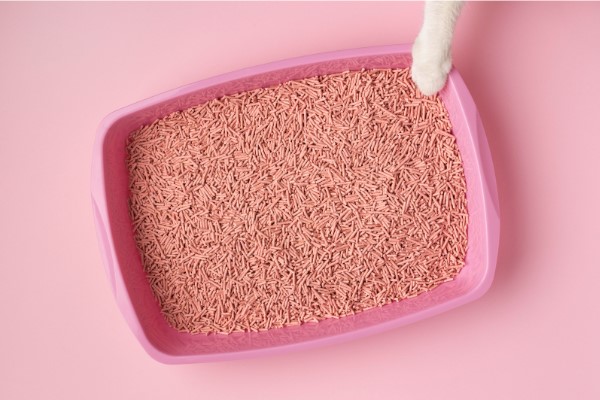For cat owners, keeping the litter box clean and odor-free is a top priority. However, many people are now looking for more sustainable and environmentally friendly solutions. Traditional clay-based litters, while effective, are not biodegradable and require strip mining, which harms the environment. That’s where clumping cat litter made from natural and eco-friendly materials comes in. These options provide excellent performance while being safer for your cat and the planet.
1. Why Choose Eco-Friendly Cat Litter?
Eco-friendly clumping cat litter is designed to reduce your environmental footprint without sacrificing cleanliness or convenience. Unlike conventional clay litters, these products are biodegradable, compostable, and often made from renewable materials such as corn, wheat, wood, or paper.
They still offer strong clumping abilities for easy scooping but are free from harsh chemicals, fragrances, and artificial additives that can irritate your cat’s respiratory system.
2. Corn-Based Clumping Litters
Corn-based litters are one of the most popular eco-friendly choices. Made from ground corn kernels or corn cob fibers, these litters form tight clumps when wet and offer natural odor control.
They’re lightweight, dust-free, and flushable in small amounts, making them convenient for cat owners. Additionally, they’re biodegradable and break down quickly, making them a responsible choice for the environment.
3. Wheat-Based Clumping Litters
Wheat-based clumping cat litter is another excellent green alternative. It uses natural enzymes in wheat to neutralize odors and form solid clumps. This type of litter is soft on your cat’s paws, easy to scoop, and safe if accidentally ingested.
Many cat owners appreciate its mild, natural scent and the fact that it’s made from renewable crops, which makes it both sustainable and effective.
4. Wood and Paper-Based Options
Litters made from recycled paper or wood fibers offer superior absorption and are completely biodegradable. Wood-based clumping litters are especially good at controlling moisture and neutralizing ammonia odors.
Some are made from reclaimed sawdust or wood shavings, reducing waste from other industries. Paper-based options, on the other hand, are lightweight, soft, and gentle—making them great for kittens or cats with sensitive paws.
5. Coconut or Grass-Based Litters
Coconut husk and grass seed are relatively new but growing in popularity. They provide excellent clumping performance and natural odor control while being fully compostable.
Grass-based litters are particularly soft and have minimal dust, making them ideal for allergy-prone cats. These materials are also renewable and break down quickly after disposal, offering both convenience and eco-responsibility.
6. Tips for Transitioning to an Eco-Friendly Litter
When switching to a new litter, do it gradually by mixing the new eco-friendly type with your current one. This helps your cat adjust to the new texture and scent. Always keep the litter box clean and monitor your cat’s reaction to ensure comfort and acceptance.
Conclusion
Choosing eco-friendly clumping cat litter is a small change that makes a big difference. These sustainable options provide effective odor control, easy cleaning, and a healthier environment for both your cat and the planet. By selecting natural materials like corn, wheat, wood, or coconut, you’re not only keeping your home fresh but also supporting a cleaner, greener world for future generations.
